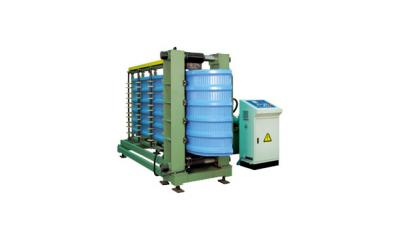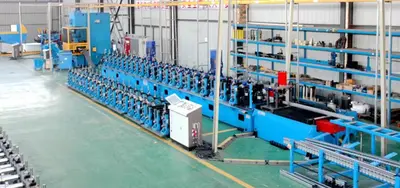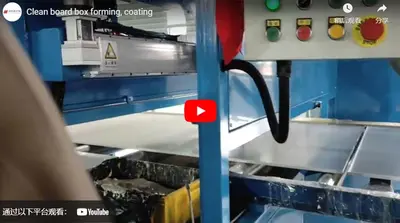How Does the Forming Roll of the Cold Roll Forming Machine form the Metal Plate
The cold roll forming machine of Jinggong Intelligent Building Material Equipment Co., Ltd. adopts roll forming. The forming roll is installed on the frame, and the forming roll responsible for driving the strip is driven by a motor through a transmission system. Generally, only horizontal rollers are active rollers, and vertical rollers are often passive rollers.
When the metal strips pass through several pairs of perforated rollers in sequence, they are fed forward with the rotation of the rollers and are continuously bent at the same time, so that products with a desired cross-sectional shape are obtained. It can be seen that roll forming is a continuous bending forming method.
In the bending deformation zone of the cross-section during roll forming, the outer fiber of the bending part is stretched by the tensile surface, and the inner fiber is compressed and shortened. Between the shortening and elongation areas, the length of a layer of fiber remains unchanged, called the neutral layer, and the arc formed on the cross-section is called the neutral line.
Since the outer layer is strained as one tension and one compression, it is easy to cause thinning and deformation. The inner layer is under compressive strain, which is not conducive to plastic flow. Coupled with the rigid contact of the rounded corners of the forming roller, the metal has nowhere to flow, so the neutral layer has to be moved inward. Therefore, the thickness of the bending part is reduced, and the amount of thinning is generally small. When determining the thickness and width of the blank, it is considered that the thickness of the strip before and after forming is unchanged, and the sum of the expanded length of the neutral line of each part (line segment) after forming is equal to the width of the blank.


 CN
CN
 EN
EN
 fr
fr  de
de  es
es  it
it  ru
ru  pt
pt  ar
ar  th
th  pl
pl  ro
ro 







 Call us on:
Call us on:  Email Us:
Email Us:  #1809, Jianhu Rd, Keqiao, Shaoxing, Zhejiang, China
#1809, Jianhu Rd, Keqiao, Shaoxing, Zhejiang, China 